The Color of Belief
How “The Manhattan Alien Abduction” uses color to reflect its filmmakers' worldview.
Editor’s Note: This article contains spoilers for “The Manhattan Alien Abduction” docuseries. Special thanks to Tim Binnall, Jeremy Vaeni and Tyler Kokjohn for inspiring this piece through their discussion in the Dec. 24, 2024, episode of “Binnall of America.” All images are courtesy of Netflix unless otherwise noted.
In quality filmmaking, every element on screen serves a purpose — from color and light to framing — even the background details are all done with deliberation. These choices are part of the storytelling, guiding the viewer's perception. Despite their grounding in reality, documentaries employ the same techniques to shape how their real-life subjects and narratives are received.
Released on October 30, 2024, Netflix's "The Manhattan Alien Abduction" tells the story of self-proclaimed abductee Linda Napolitano, abduction researcher Budd Hopkins and his former wife Carol Rainey, a documentarian and science writer. The series recounts Napolitano's alleged abduction, Hopkins' investigation (with his research assistant Peter Robbins standing in for the late Hopkins) and Rainey's journey from ally to skeptic.
Directed by Vivienne Perry and Dan Vernon, the series adopts a straightforward, ostensibly objective approach, leaving viewers to decide what is or isn't factual. However, Napolitano has since sued the production, claiming it misrepresented her through deliberate manipulation of her appearance and narrative. As reported by "The Independent:"
"… Napolitano's complaint takes issue with her being shown 'in a grotesque and unusual fashion, in unflattering clothes that were not her own style of dress, making her up to appear old and haggard, and having her hair set in an unusual fashion not her own, thus all done to her not appearing as her own self, but as a caricature, an almost cartoonish-like character.'"
While Napolitano's lawsuit centers on personal grievances, it raises an intriguing question about how these filmmakers employed visual techniques to influence perception.
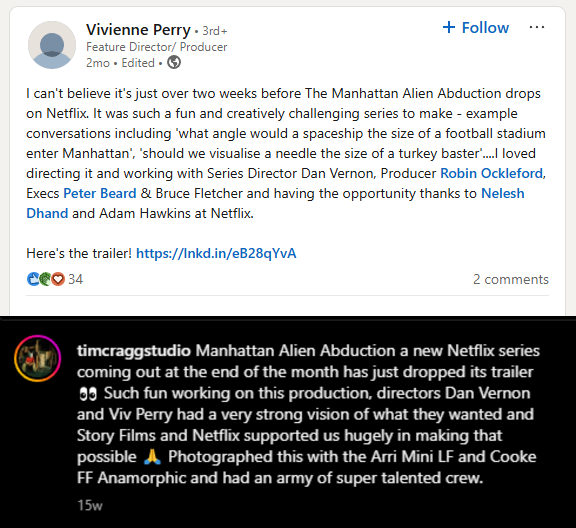
Just as an auteur director uses lighting and color to shape how audiences view a character, documentarians do the same with their subjects. With this in mind, I watched "The Manhattan Alien Abduction" to explore what Perry and Vernon's use of color and lighting reveals about their opinions on Rainey, Napolitano and her otherworldly claims.
Each a Color
Perry and Vernon subtly express their perspectives on Napolitano and Rainey through deliberate lighting and color choices despite their otherwise neutral presentation.
The documentary utilizes two main colors to tell its story — blue and orange — each aligning with a character and a worldview.
The audience's introduction to Napolitano is a close-up shot of her, with smoke from her cigarette wafting in front of the camera she stares down. It's also our introduction to her color — blue.
For most of the documentary, Napolitano's recollections and point of view are told with an analogous color palette to the blue light she's bathed in in her introduction.
Additionally, the alien's POV, and when they're spoken of broadly by a character, is also presented in similarly hued tones, such as in the below shot.
As such, blue represents the paranormal aspects of the story.
Contrastingly, the audience's introduction to Rainey is of her being helped to her seat by one of the film's staff — a far more sympathetic introduction compared to Napolitano's "in your face" framing. However, once seated, Rainey gets a close-up similar to Napolitano's.
This close-up introduces us to Rainey's color, which represents skepticism, science and reality — orange.
Aside from blue and orange, other minor colors are utilized in the narrative. Red, for example, is used when the aliens are an active force in the story, such as when their ship enters Manhattan and people witness them abducting Napolitano.
Now, let’s explore how the filmmakers utilize these colors to tell their story.
Colors at Play
Immediately in the opening shots of the documentary, the audience is introduced to the ways these colors will play off one another in the narrative. The below still comes from roughly 28 seconds into the documentary's opening.
As we can see, there’s an orange-lit room with blue and red light reflecting off the glass of its window. The colors the documentary associates with the aliens and fantastical parts of the story are imposed upon — invading — everyday scientific reality.
This color contrast, one versus the other, is exemplified in the wide shots of interviews with Rainey and Napolitano, where the colors of one's ideology surround, or haunt, the other.
In the below frames, both women are presented in front of the other's color. Napolitano's is most striking, with the orange tones of the kitchen looming large behind her, while Rainey is subtly offset on either side by blue tones.
This is the audience's first hint of the filmmakers’ perspective on their subjects — with the colors of the paranormal being far more imposed upon by orange than the skeptical color imposed upon by blue.
To further understand how the filmmakers play these colors off of one another to subtly let the audience know their opinion on a subject, let's turn to the man in the middle of this story, Robbins.
Initially, when we view how Robbins is lit, it's mostly neutral. However, in the window over Robbins' right, there's an orange light diffused by a blue curtain. Are the filmmakers letting us know that while Robbins makes himself out to be an objective, fact-based party in this story, his judgment is clouded? Additionally, to my eye, many of the records and files to Robbins' left are ever so slightly hued blue. Perhaps this is another subtle nod from the filmmakers of their opinion on Robbins' work.
More overtly, in the below frame, we find Robbins looking away from an orange-lit room and window into a blue television.
This is a far less subtle nod from the filmmakers as to their opinion on where Robbins' head lies, though they do not suggest he is entirely skewed by the paranormal. In the following close-up of Robbins, orange light breaks into the blue cast by the screen he's observing, suggesting the fantastical does not entirely drive him.
With how the filmmakers are utilizing color in their narrative now in mind, we’ll further explore how these colors are used to tell Rainey and Napolitano's story.
The Judgment of Color
After the first episode, the saturation of orange tones increases. Compare the following shots of Rainey. The first is from episode one of the documentary, and the second is from episode two. By the second episode, Rainey's skin tone takes on noticeably more orange hues.
This increase in saturation may indicate the turned-up scrutiny being placed on Napolitano's story by both Rainey and the filmmakers. To wit, in episode two, Napolitano is filmed with the orange tones of her skin increased to a point where they make her look sickly. It's as if an orange light is being shown on her.
Also, compare the increase in the orange tones of Napolitano's background in the following frame to Rainey's background above, which features no increase in blue tones.
As more details of the story come to light in the documentary's narrative, the filmmakers seem to have an opinion of what kind of light those details should be viewed under.
This is not the first instance of the filmmakers hinting at their thoughts on Napolitano. If we go back to the audience's very first introduction of Napolitano, notice how she's lit so that her eyes are cast in shadow. It's reminiscent of a Grey alien. Compare the following drawing of a grey shown in the documentary with Napolitano's introduction.
To figure out if I was reading too much into the way Napolitano was lit here, I overlaid the drawing of the Grey with her in Photoshop, then created the following GIF. All I've done to the drawing is flip it to fit Napolitano's face, roughly aligning their features.
I feel this was a deliberate choice by the filmmakers, but you be the judge of whether Napolitano's lighting was done on purpose to evoke an alien appearance.
Arguably, Napolitano is presented in a more unflattering light through the documentary. However, that's not to say the filmmakers aren't critical of Rainey. In the following two frames, Rainey describes her thought process as shifting from being on her husband's side to growing more skeptical of his work and Napolitano's claims.
Rainey is silhouetted against an orange and blue sky. She is without color, as she describes being torn between opposing ideologies. Ultimately, Rainey gives into her intuition, siding with skepticism, and is she lit orange against a nearly full orange sky.
Notably, this is the only time we see Rainey wearing blue in the documentary. Therefore, the filmmakers may be suggesting that while Rainey has come around to the side of reason, she maintains a foothold in the outlandish. Rainey does say in the documentary that while Napolitano's story is likely bunk, that doesn't mean the entire phenomenon is without merit.
I suspect this is why in some of Rainey's close-up shots, her glasses are highlighted in blue. In the above image, it's easy to see her eyeglass frames are black in the natural light. However, in the below shot, her glasses are almost the same shade of blue as the background.
This is the filmmakers implying that like Robbins, Rainey is not as impartial as she might appear in the documentary. While she is strongly skeptical, a part of her still views the phenomenon as possible.
The filmmakers’ harshest criticism of either woman comes at the very end of the documentary, as Napolitano describes living in fear of continued abductions. As she details her worries and the actions of her otherworldly abductors, Napolitano is bathed in nothing but orange light.
The filmmakers use this final bit of coloring to signal that they view Napolitano's claims with the highest scrutiny, loudly expressing their disbelief.
Our Own Color
While the filmmakers of "The Manhattan Alien Abduction" outwardly present their work as objective, their use of color reveals an unmistakable perspective. By aligning skepticism with orange and the paranormal with blue, they subtly guide the audience toward their interpretation of the truth. Napolitano's portrayal, dominated by harsh orange tones, reflects a clear judgment of her credibility, while Rainey's more balanced visual framing underscores her alignment with the filmmakers' perspective.
This is not a critique of the filmmakers — it's simply fascinating to analyze these choices in the context of real people. The beauty of filmmaking lies in its duality. While the creators' intentions are evident, the audience retains the power to interpret these choices. Do Napolitano's claims hold any weight? Or does Rainey's skepticism ultimately prevail?
Perhaps the more compelling question is what these colors reveal about us. Do we lean toward the cool ambiguity of blue, embracing the unexplained, or do we find solace in the grounded certainty of orange?
If you were the one being interviewed, what color would you want your story told in?





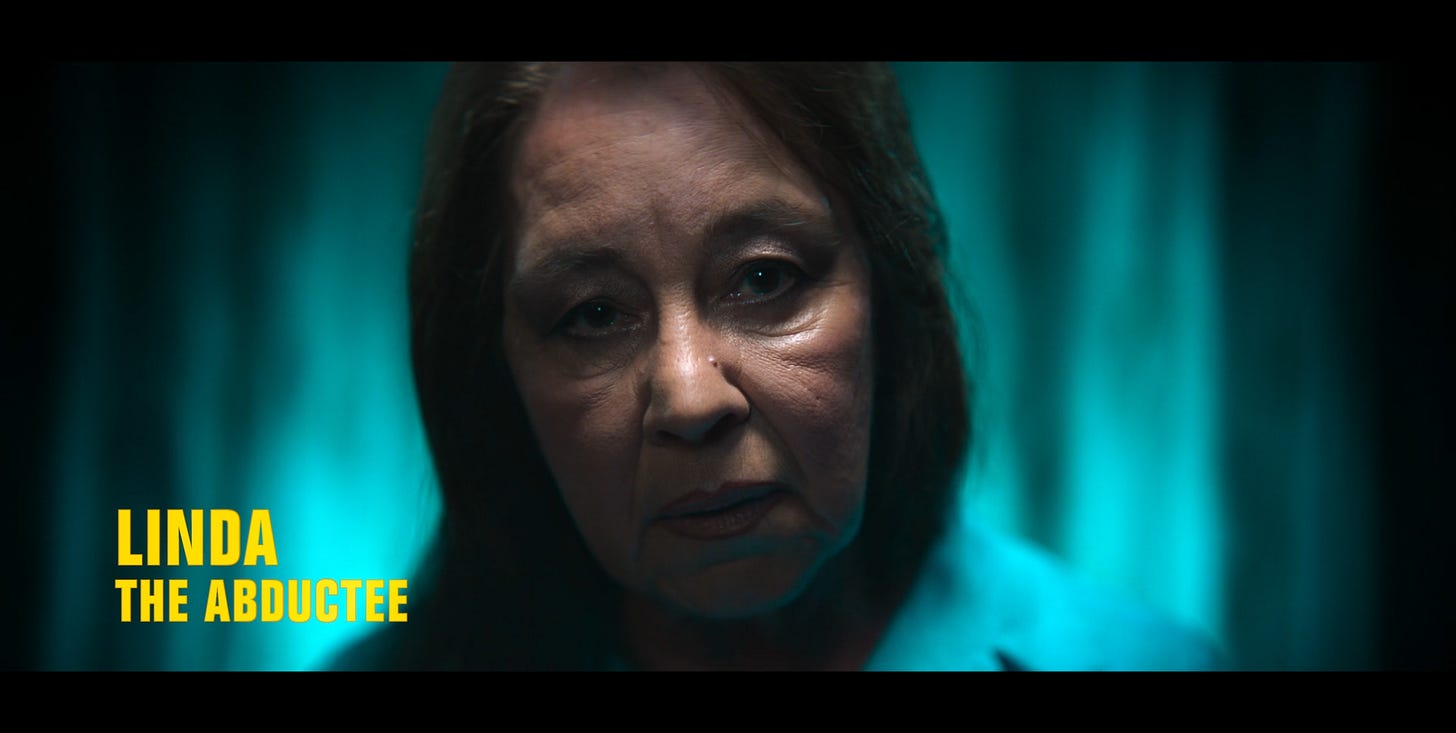
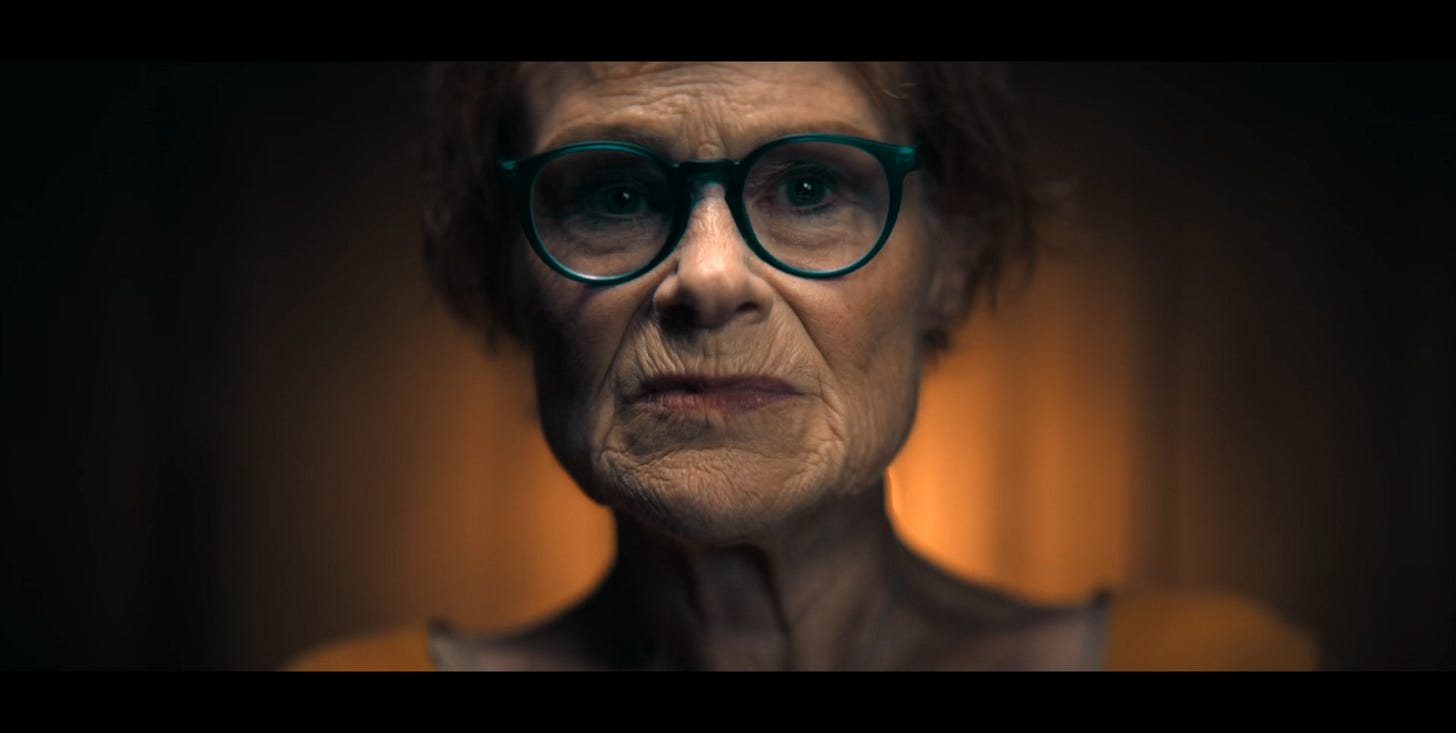
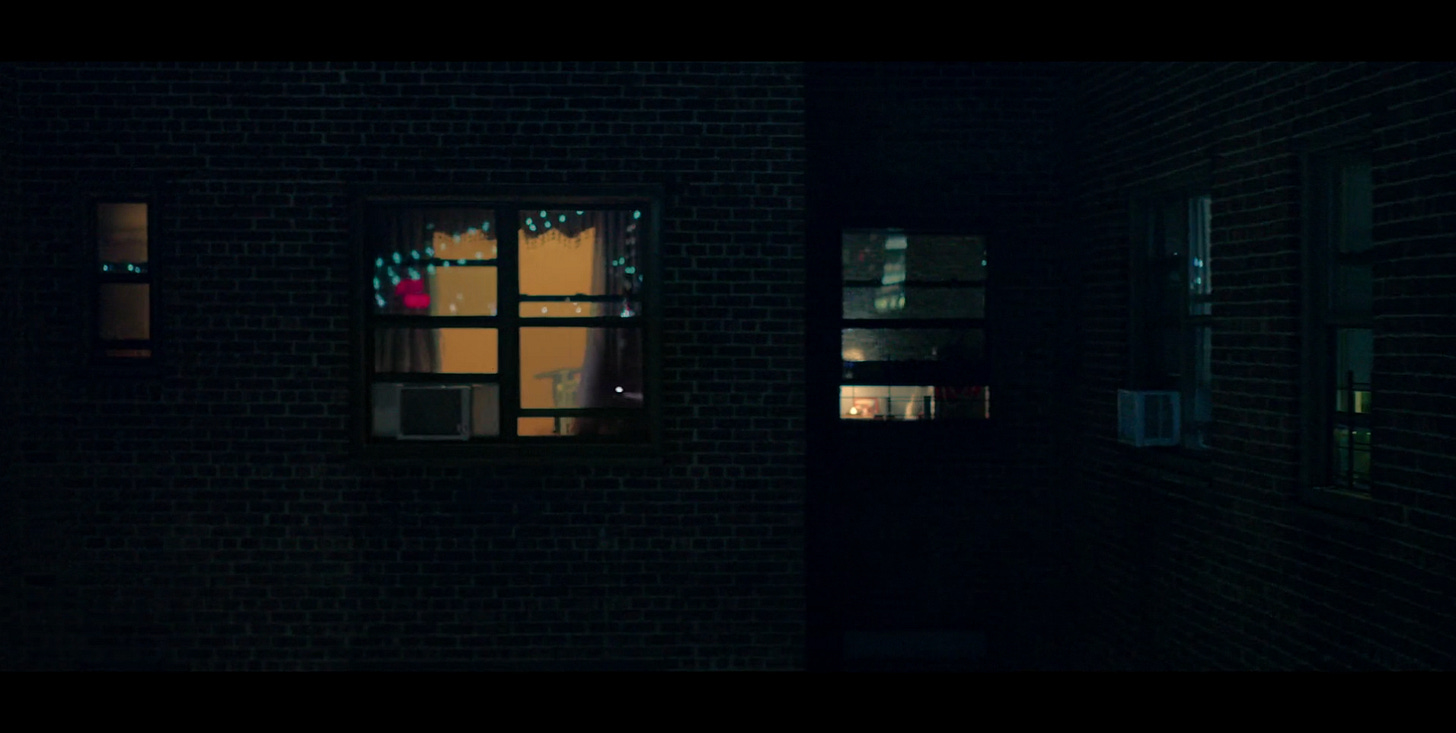
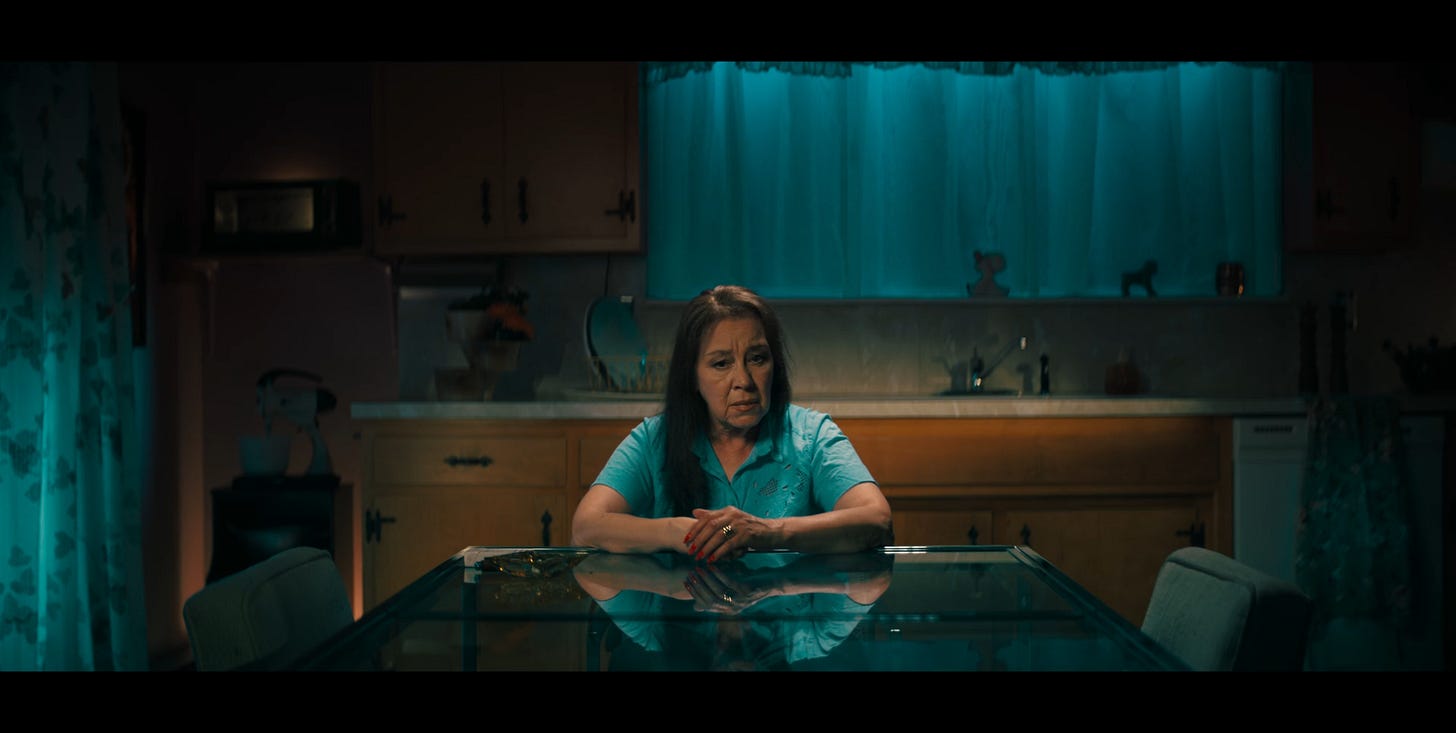
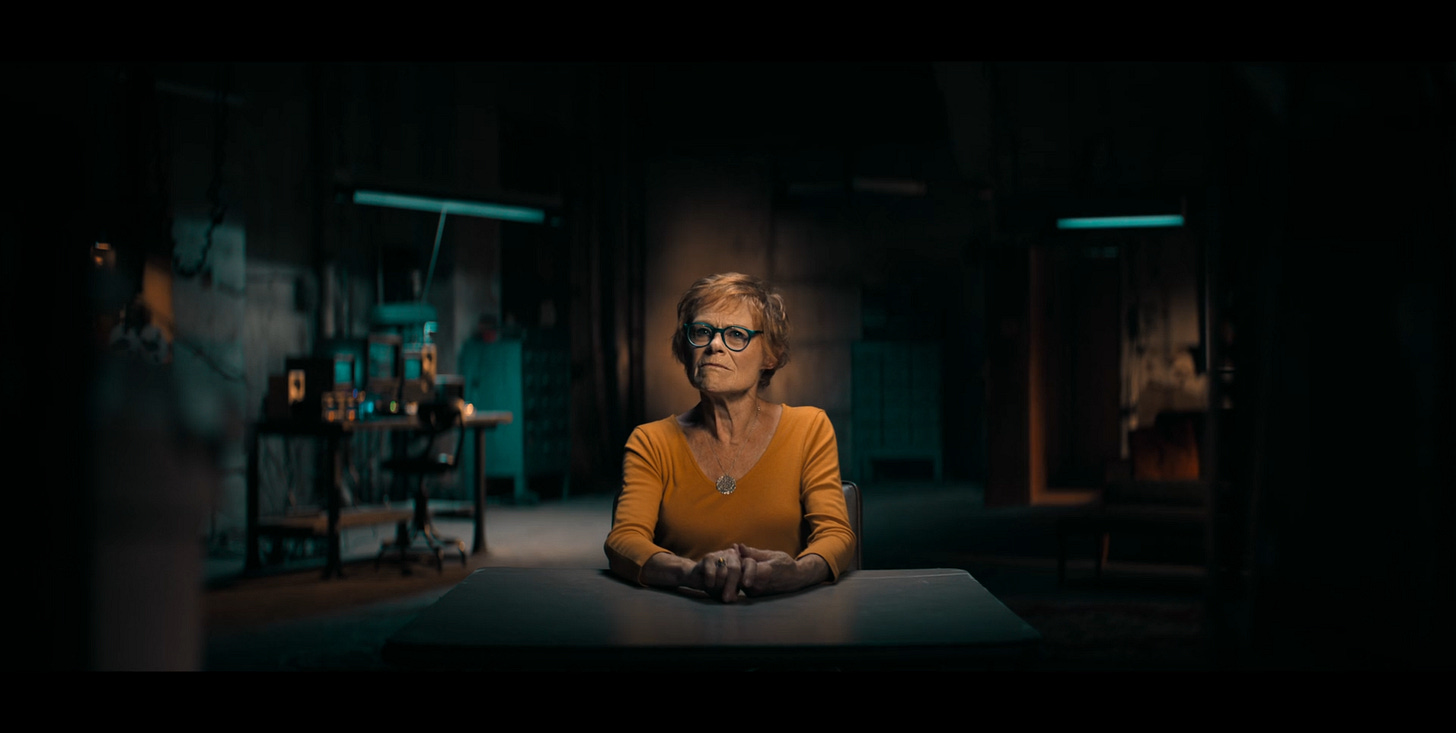
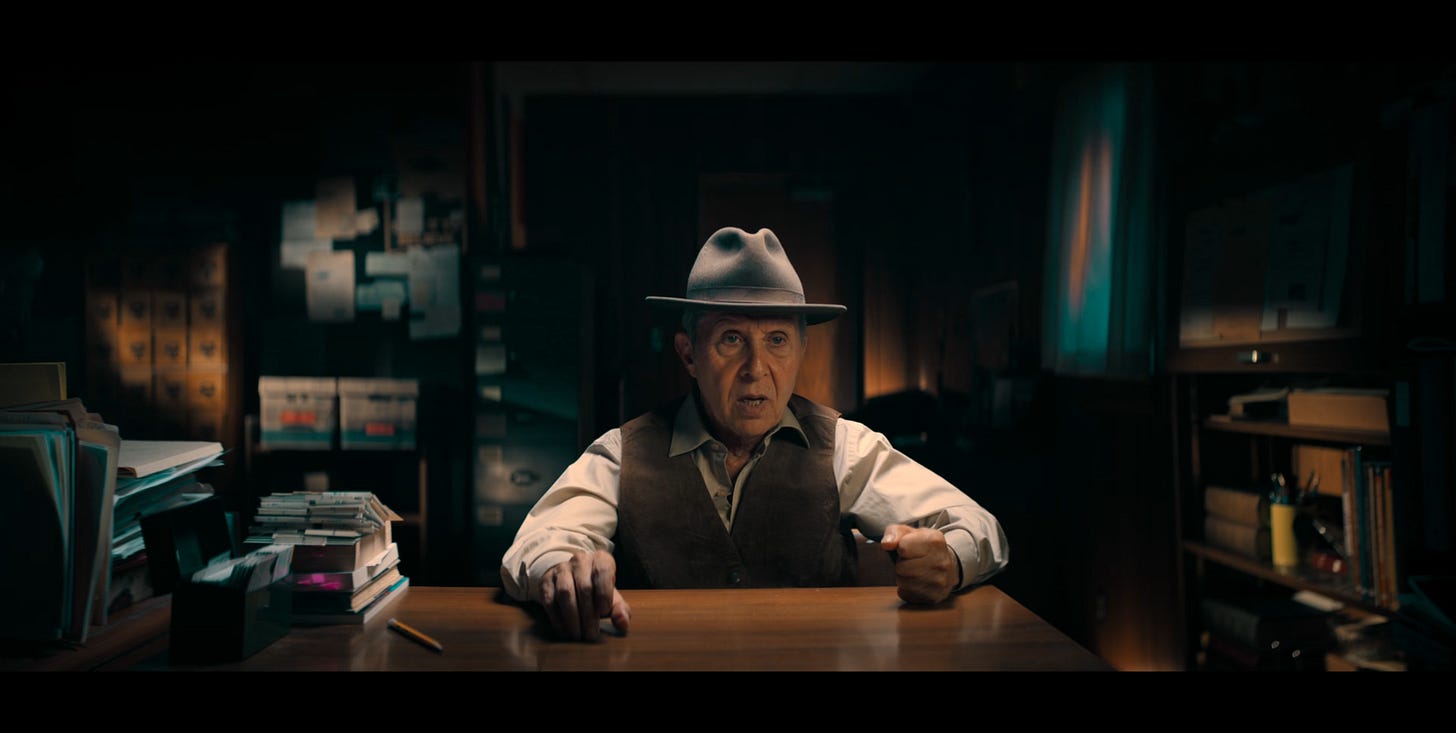
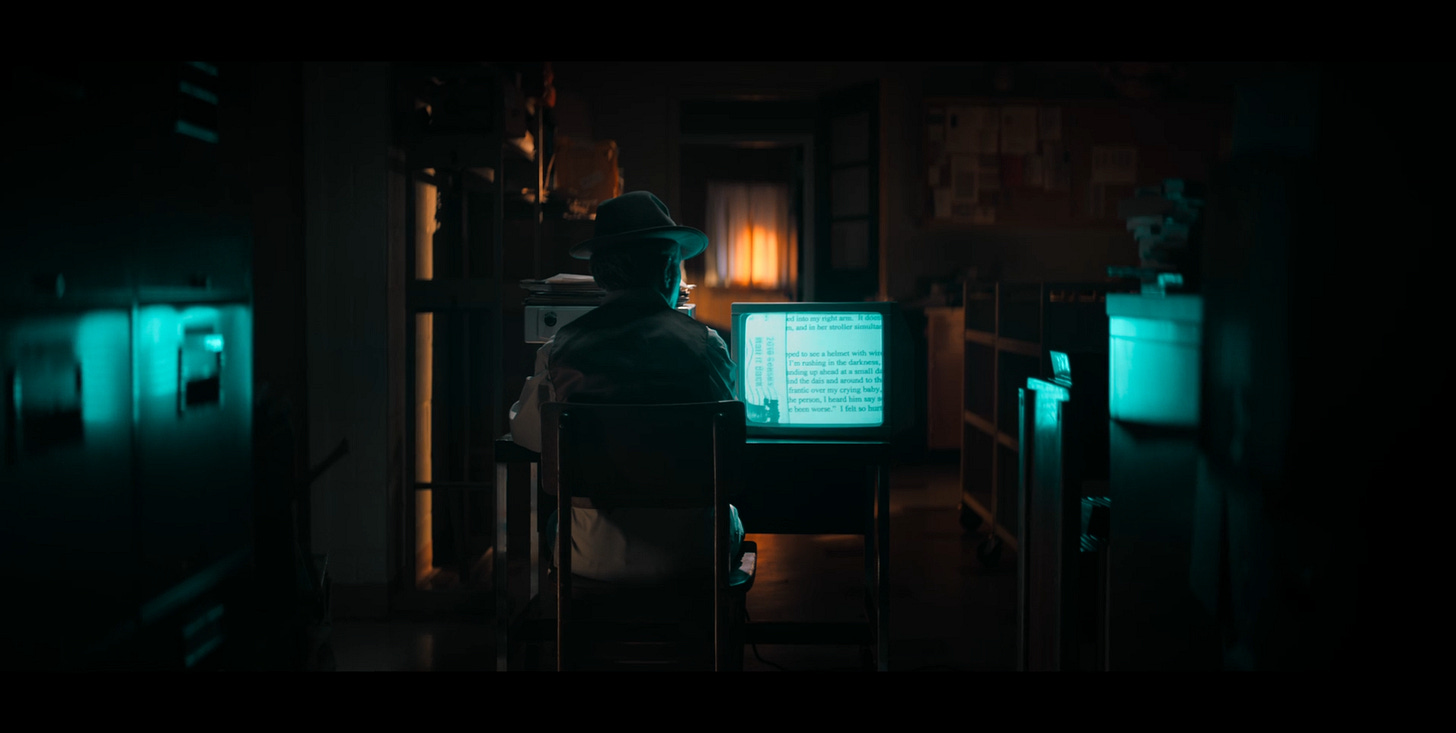
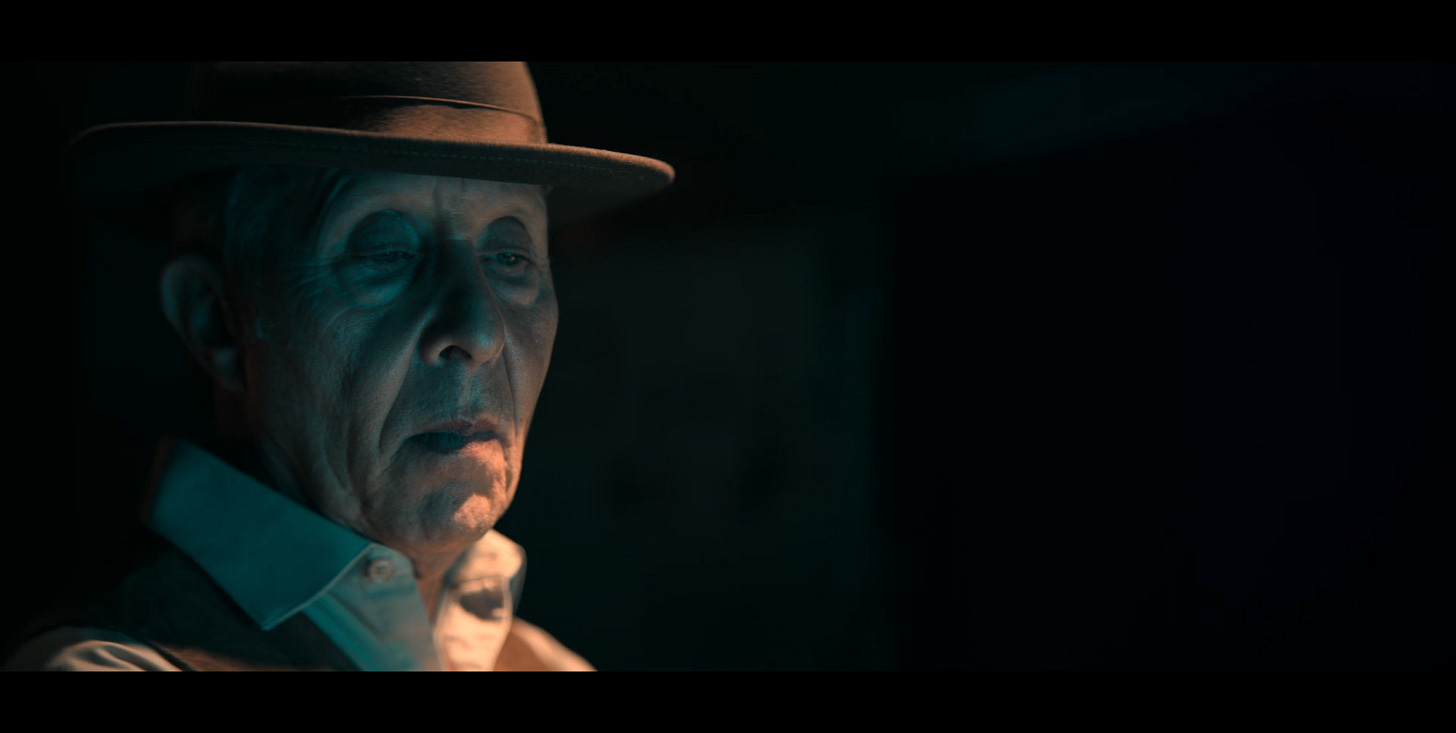
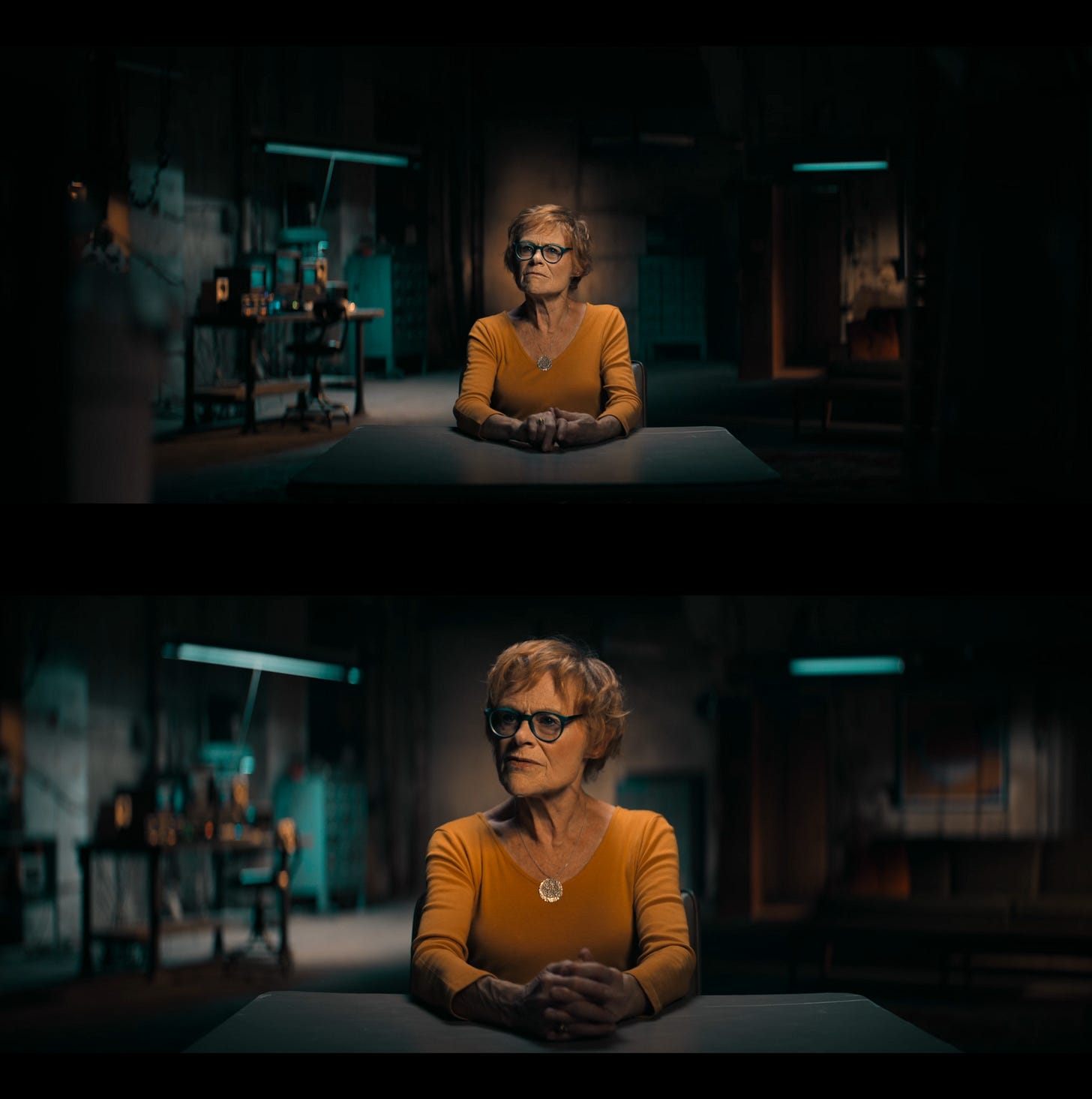
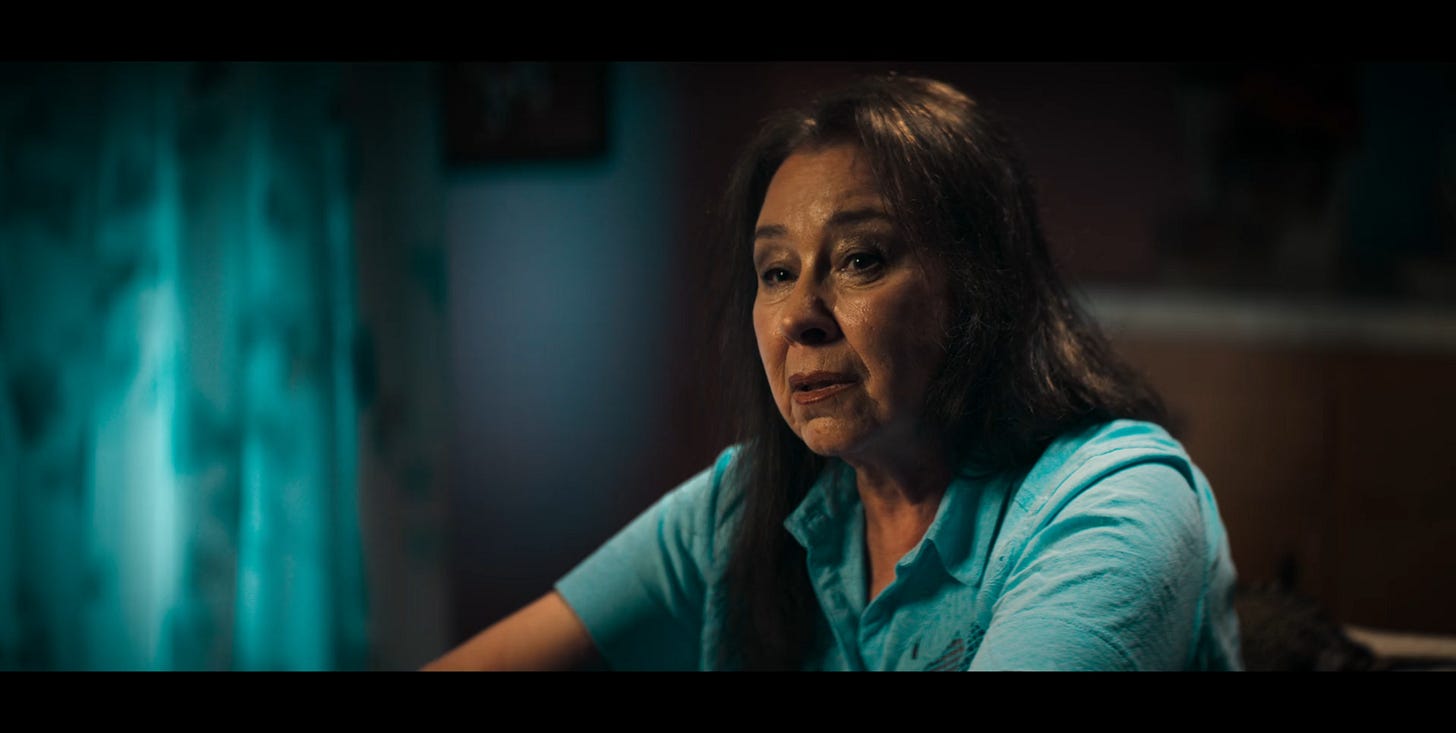
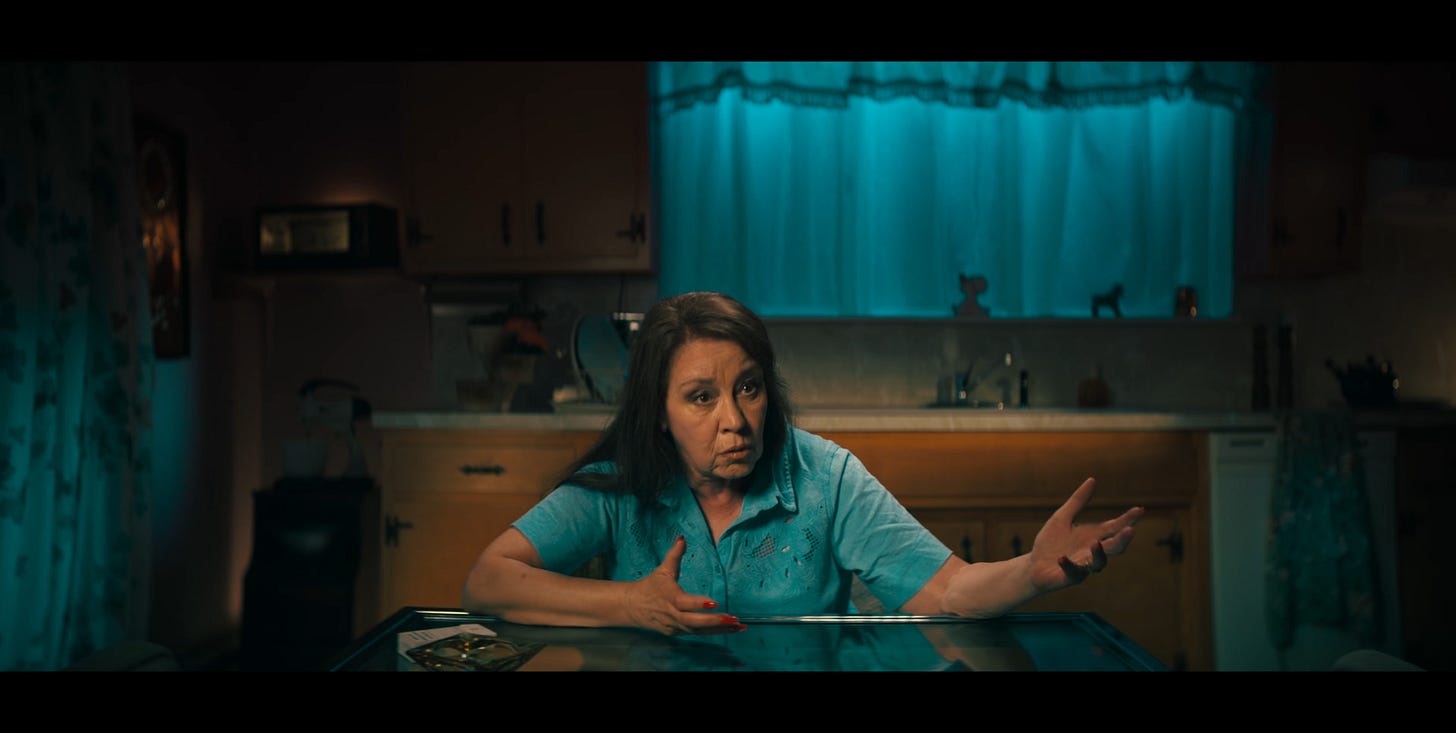
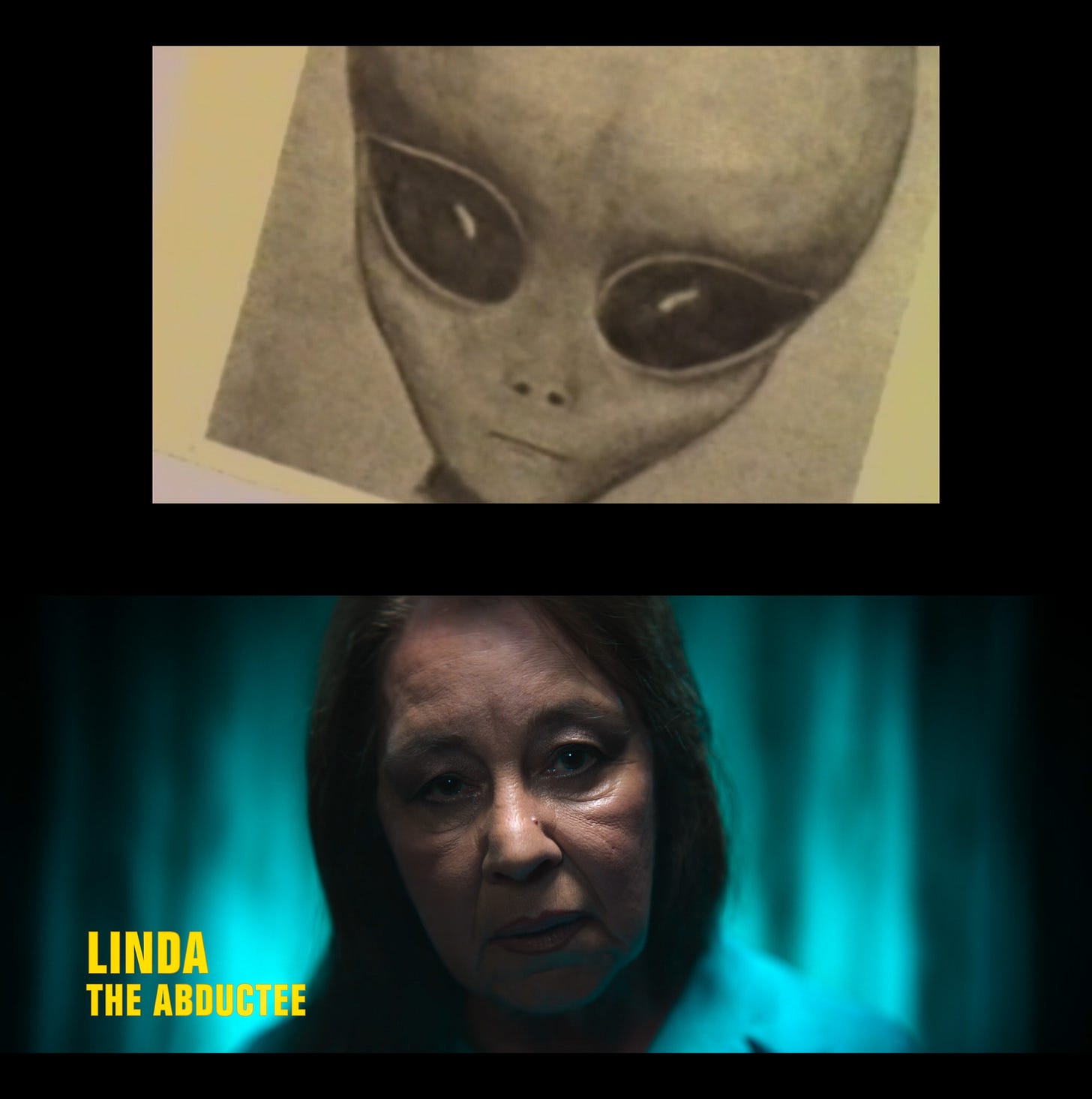
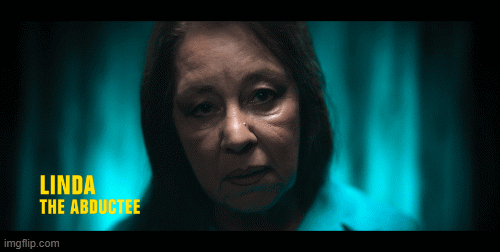
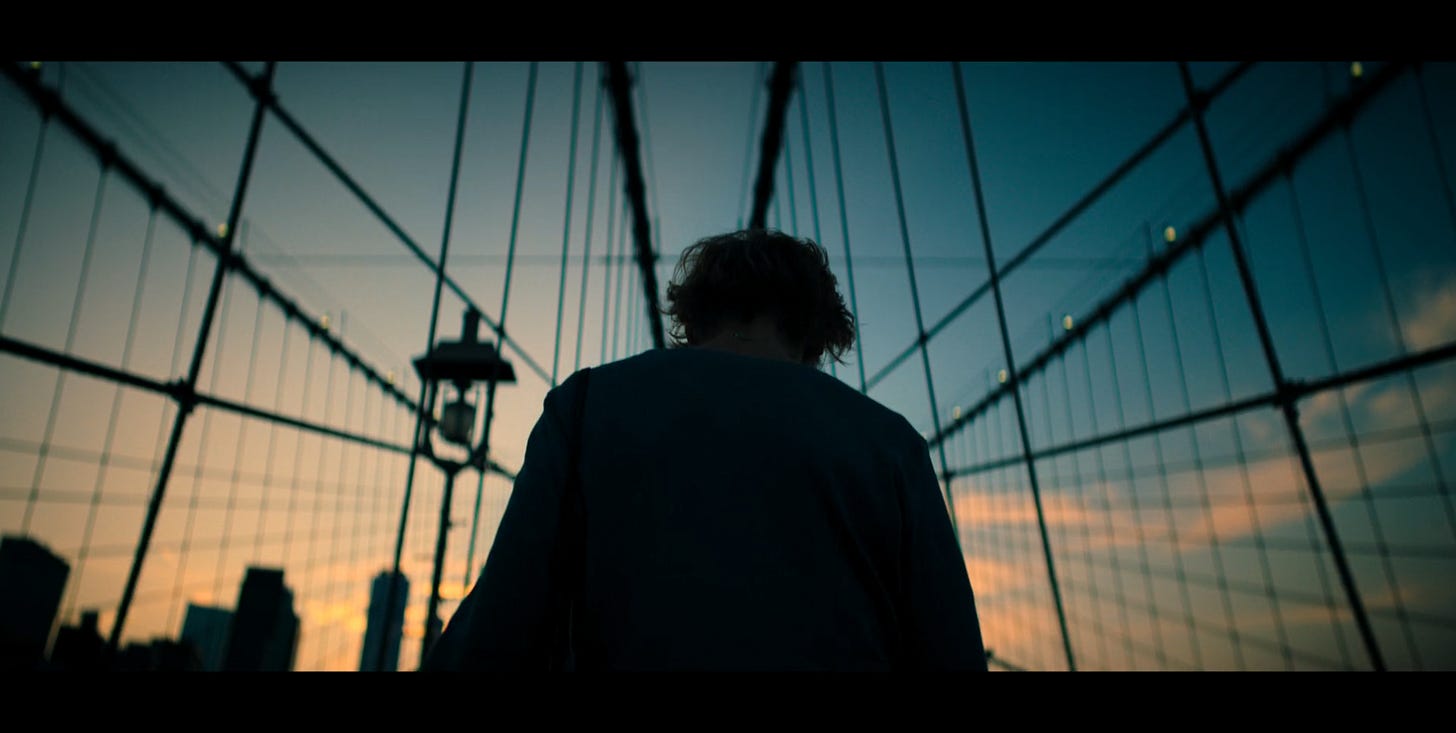
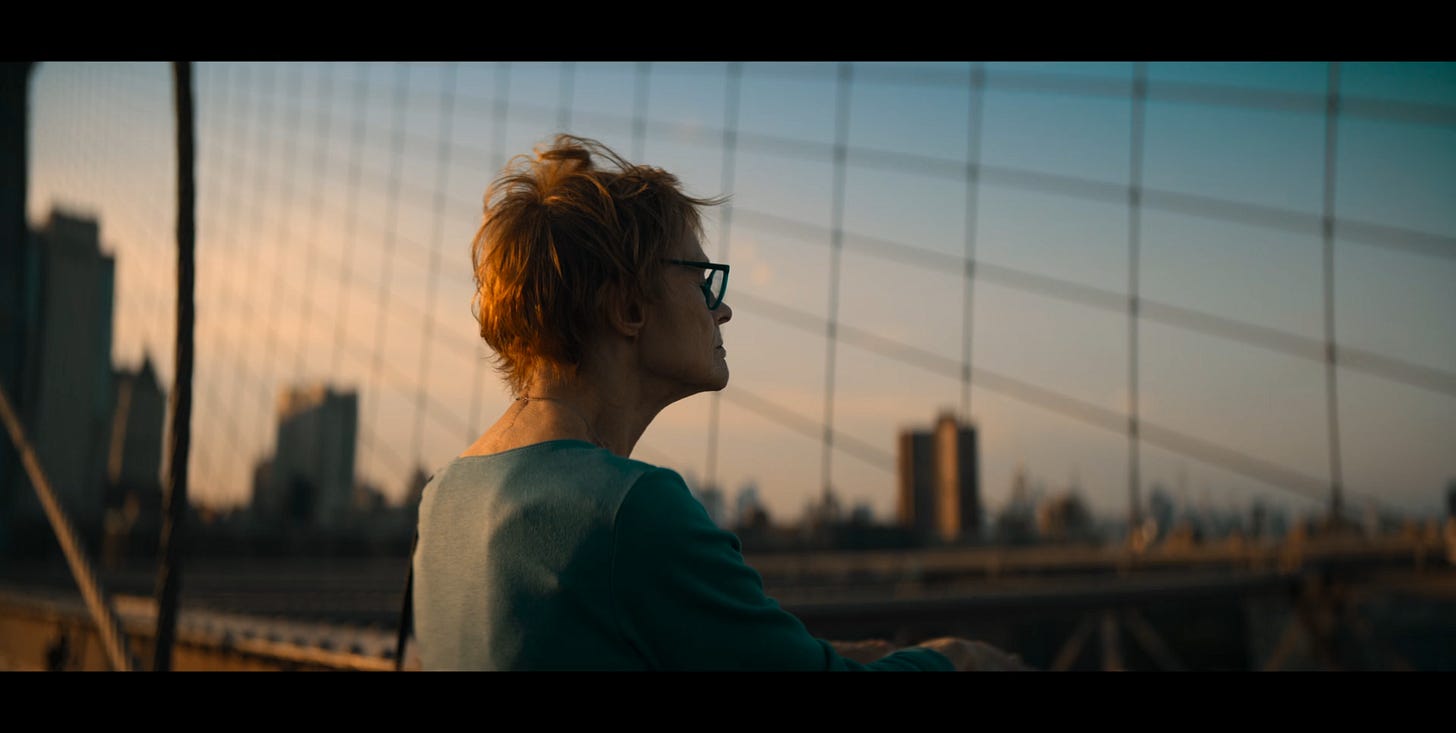
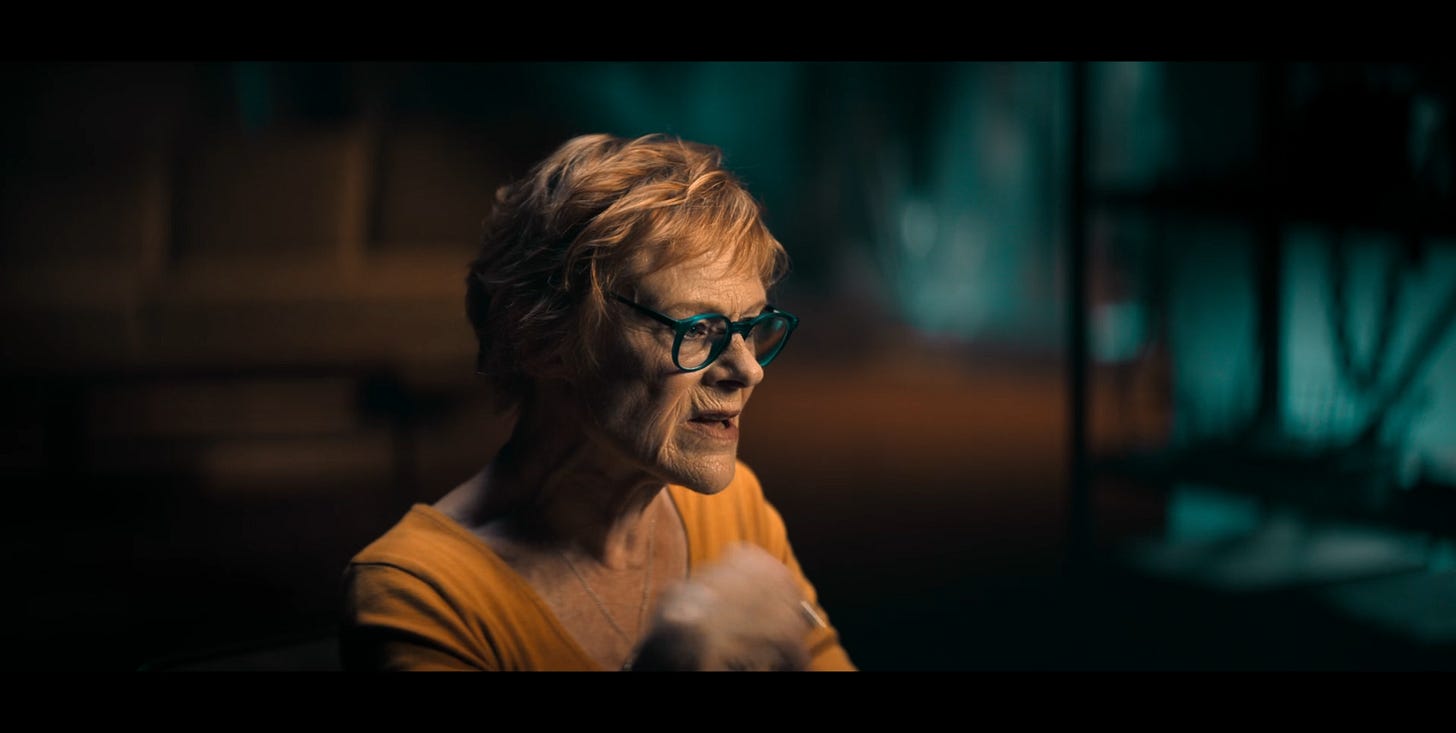
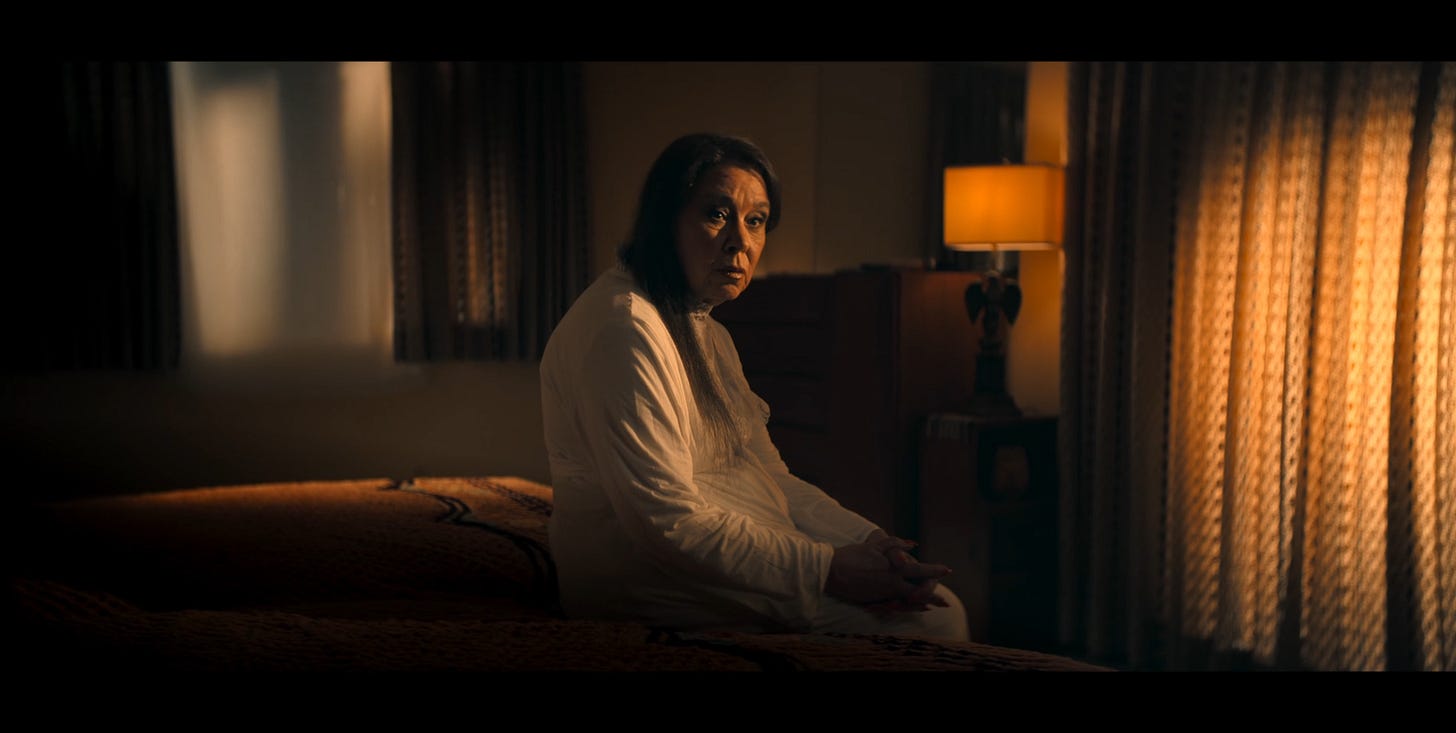
Fascinating to notice it!